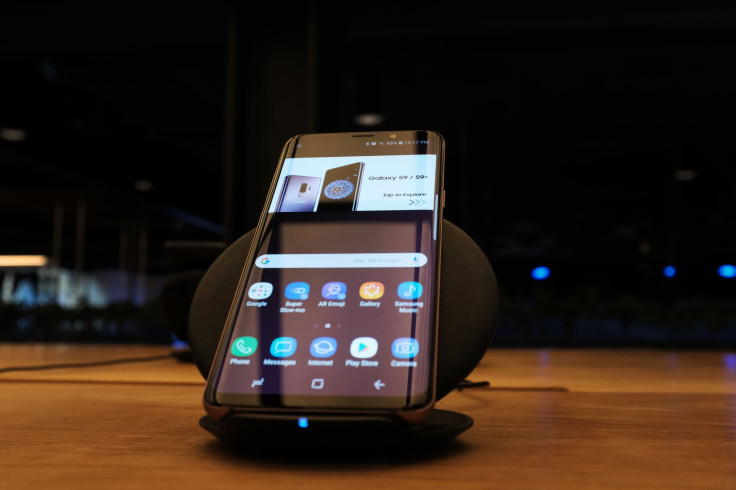Samsung Puts 64MP Camera Sensor In Midrange Smartphone

Samsung is reportedly going to equip one of its midrange offerings with the biggest smartphone camera to date.
According to Korean IT news site ETNews, Samsung Electronics in planning to equip the upcoming Galaxy A70S smartphone with the Isocell Bright GW1 sensor, a camera boasting 64 megapixels.
Tom’s Guide noted that this new camera still retains the 0.8-micrometer pixel size featured in Samsung’s current 20-megapixel sensors. Combined with Samsung’s other technologies such as tetracell technology and remosaic algorithm, the new 64-megapixel sensor can produce exceptional photos taken in low-light conditions.
The Verge reported that the new 64-megapixel sensor can descramble the color filter in order to produce top-quality full-resolution 64-megapixel images in good light.
Samsung’s Isocell Bright GW1 sensor overtakes the biggest smartphone camera available in the market today, which is Sony’s 48-megapixel IMX586 sensor. This makes Samsung the leader in smartphone camera technology -- until Sony, of course, decides to release an even bigger one.
Why a midrange phone?
Samsung is expected to release the Galaxy A70S midrange smartphone sometime in the second half of 2019. This new phone will replace the currently existing Galaxy A70 which features three cameras at the back: a 32-megapixel sensor, an 8-megapixel ultra-wide angle camera, and a 5-megapixel depth camera.
This isn’t the first time the Korean tech giant has decided to introduce new technologies using a midrange device. The Galaxy A9 smartphone, which was released last year, was the first smartphone to feature four cameras mounted at the back of the phone. TechRadar said this quad-camera setup was “impressive.”
By using a midrange product, Samsung will be able to evaluate how its new technology works in real-life minus the risk of a major flop. The A70S will be a midrange offering, after all, not like the Galaxy Fold smartphone which, as everyone knows, is facing a lot of hiccups -- including a possible cancellation -- to date.

Could this be?
Earlier, a rumor went out about Samsung releasing its “most creative” product yet, one that will surpass the aforementioned Galaxy Fold in terms of creativity. The source of the rumor, the renowed leaker known only as “IceUniverse,” also said those who want “new things” from Samsung better watch out for new Galaxy A models.
Could the upcoming Galaxy A70S with a 64-megapixel camera be that “creative” device? Only time will tell. Stay tuned for more updates on the Galaxy A70S and Galaxy Fold devices.
© Copyright IBTimes 2024. All rights reserved.



















